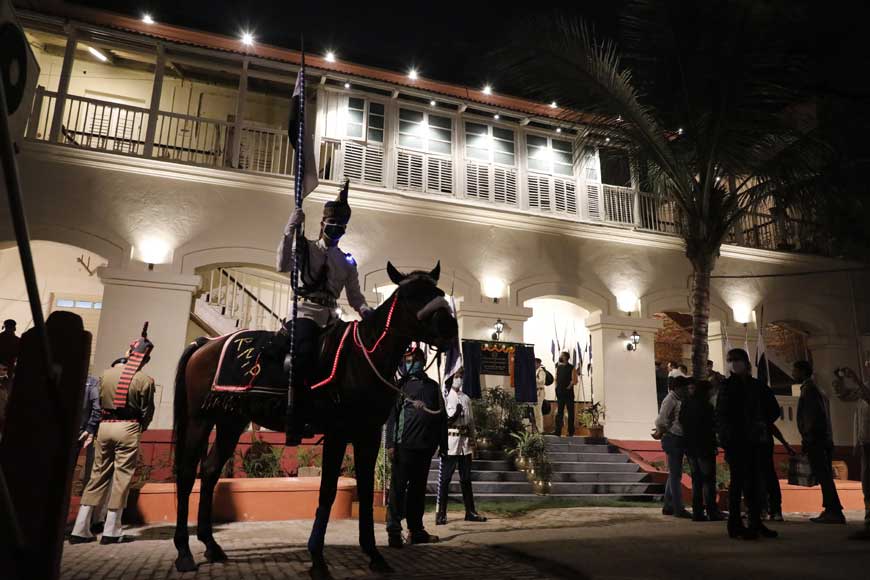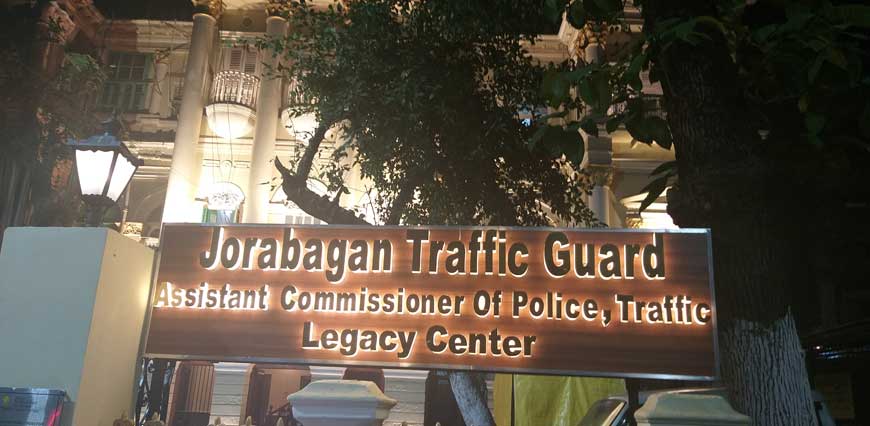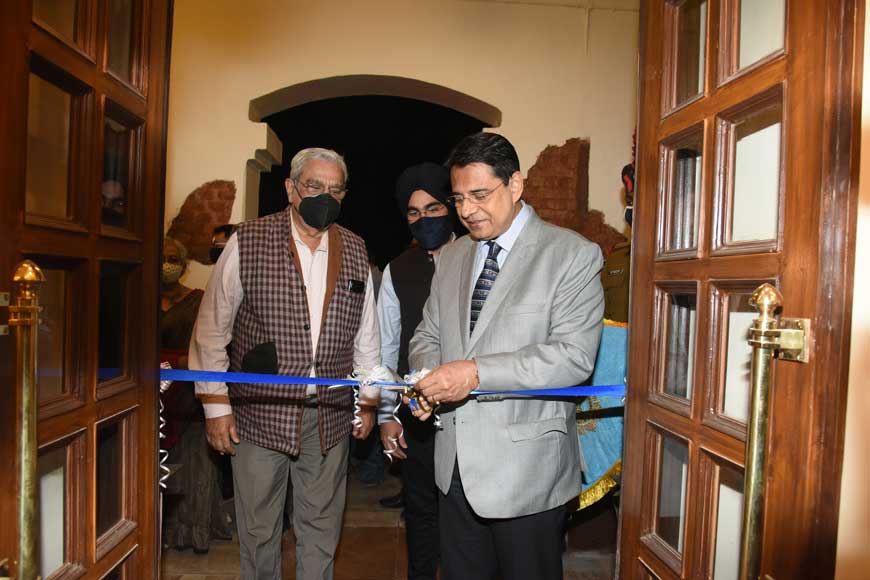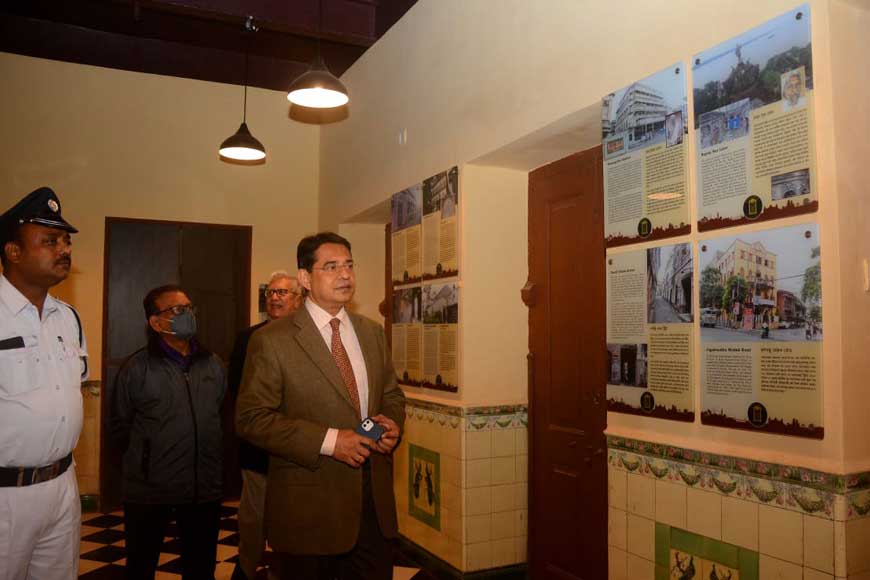A new museum, the Mounted Police’s end-of-year gift to Kolkata

The last time Kolkata Mounted Police (KMP) made headlines was in 2018, when 11 new horses joined the existing stable, making it the first time KMP had bought new horses after 2007. Constituted in 1840, this elite unit of Kolkata Police started off with just two sowars under a dafadar (head officer) to carry messages and inform the harbour master whenever any ship was sighted. In 1842, arrangements were made for mounted policemen to patrol the Maidan area. Till date, it remains one of the very few mounted police units in India, and its heritage is certainly worth preserving.

That is exactly what has now happened, thanks to a unique initiative by Kolkata Police. Driven primarily by outgoing Commissioner of Police Soumen Mitra, a student of history and a keen heritage enthusiast, the Kolkata Mounted Police Museum which he inaugurated on December 28 has opened its doors to the public, the aim being to acquaint us with the evolution of the unit, and give us an idea of mounted police forces in other parts of the world.
The Mounted Police Museum opening also saw the release of a book titled ‘Built Heritage of Kolkata Police’, published by Indian National Trust for Arts and Cultural Heritage (INTACH) and jointly authored by Mitra himself, with Nikhil Kapur. The museum houses important artefacts related to the evolution of KMP, lists the unit’s achievements at equestrian events across the country, and houses a collection of rare photographs, such as those of the Raja of Coochbehar playing polo with Mounted Police personnel.

Given the number of heritage buildings occupied by Kolkata Police, including seve
ral section houses (police stations by another name), they are in an excellent position to guard not just the city but its heritage too. A shining example of this is the Jorabagan Traffic Guard building on Sovabazar Street in North Kolkata, formerly the property of the Roy family of Bhagyakul, now in Bangladesh. Renovated by Kolkata Police to its former glory, the mansion is a magnificent example of Bengal Baroque architecture, and its splendid exterior often compels passersby to stop for a better look.
On December 27, the commissioner inaugurated a Legacy Centre on the ground floor of this building, a space intended for public events and discourse, showcasing the evolution of one of the city’s oldest neighbourhoods through tastefully designed panels lining its walls. The area surrounding Jorabagan lies virtually at the heart of erstwhile Sutanuti, one of the three villages that originally made up Calcutta, the other two being Gobindapur and Kalikata.
Jorabagan Traffic Guard was recently in the news when it received an award for heritage preservation from INTACH. Built by Raja Janakinath Roy of the famously wealthy Roy family of Bhagyakul, the building housed CRPF companies during Kolkata’s Naxal movement in the 1970s. In 1980, it became home to the Jorabagan Traffic Guard.

Speaking at the opening of both the legacy centre and the museum, Mitra pointed out how it is important for us to be proud of our heritage so that we attempt to replicate the achievements of our ancestors. On various other occasions, he has emphasised that the protection of Kolkata’s heritage is also among the duties of Kolkata Police. As he said at Jorabagan, “Perhaps nowhere else in the world will you see a police force that guards not merely a city, but also its heritage.”
open to all from 11 am to 6 pm.











